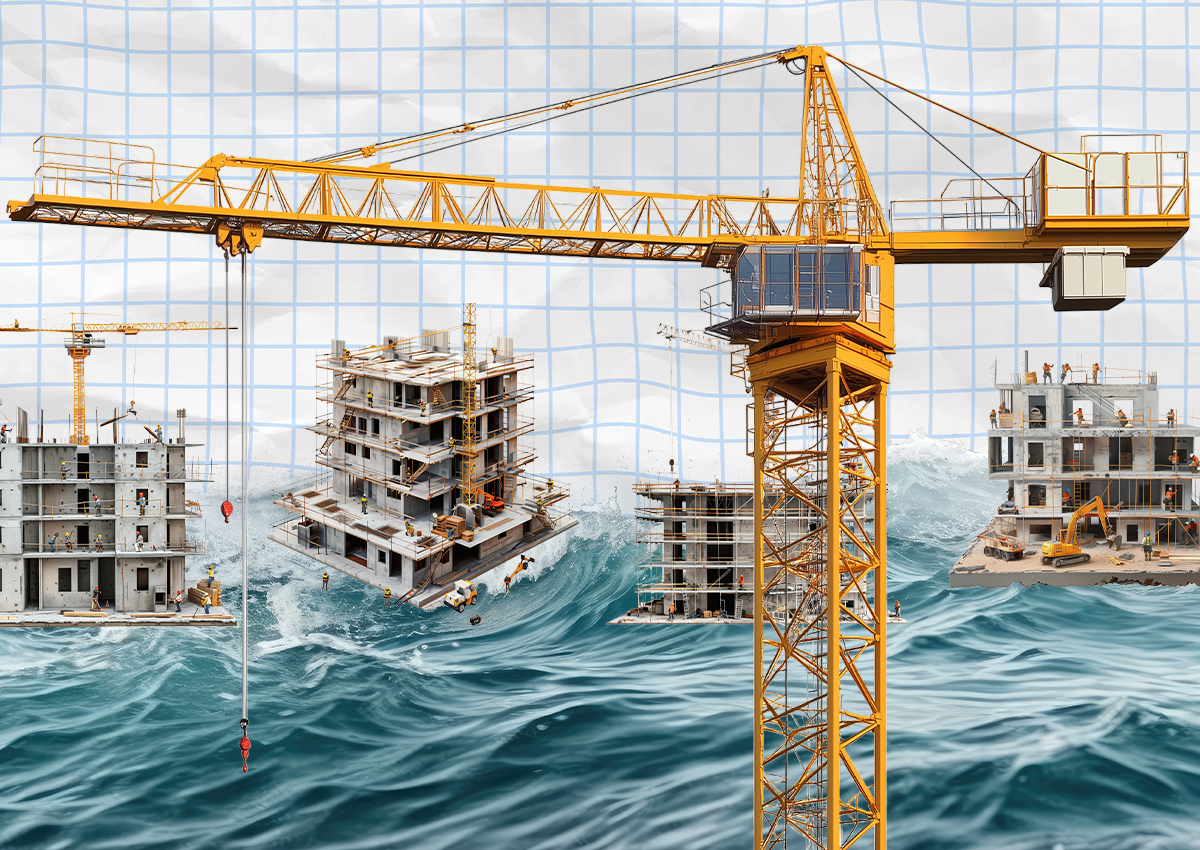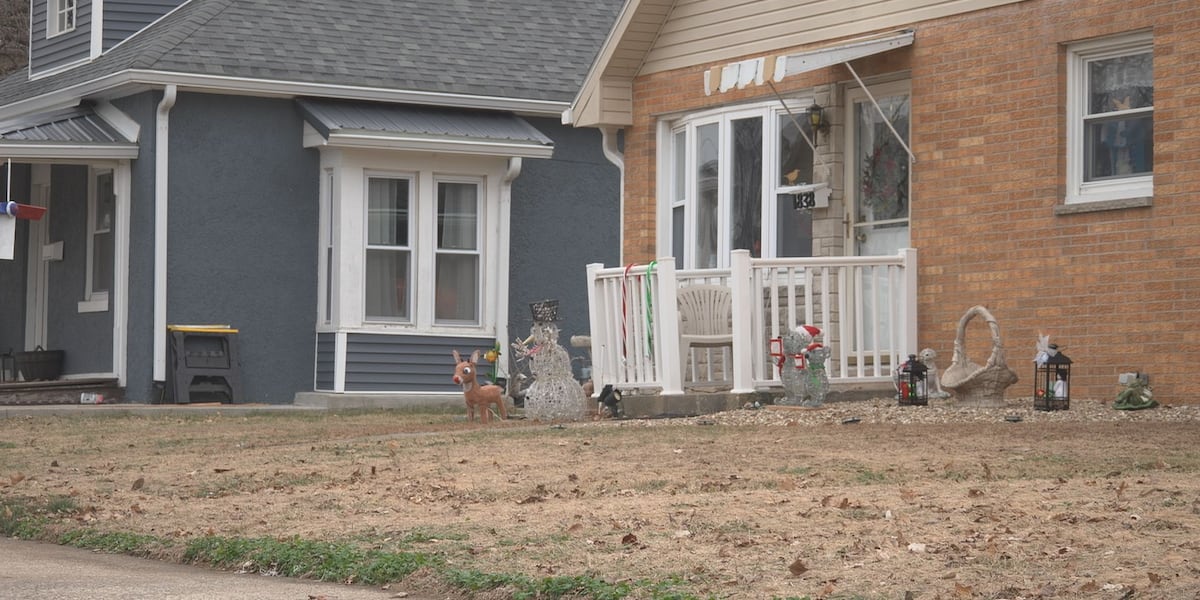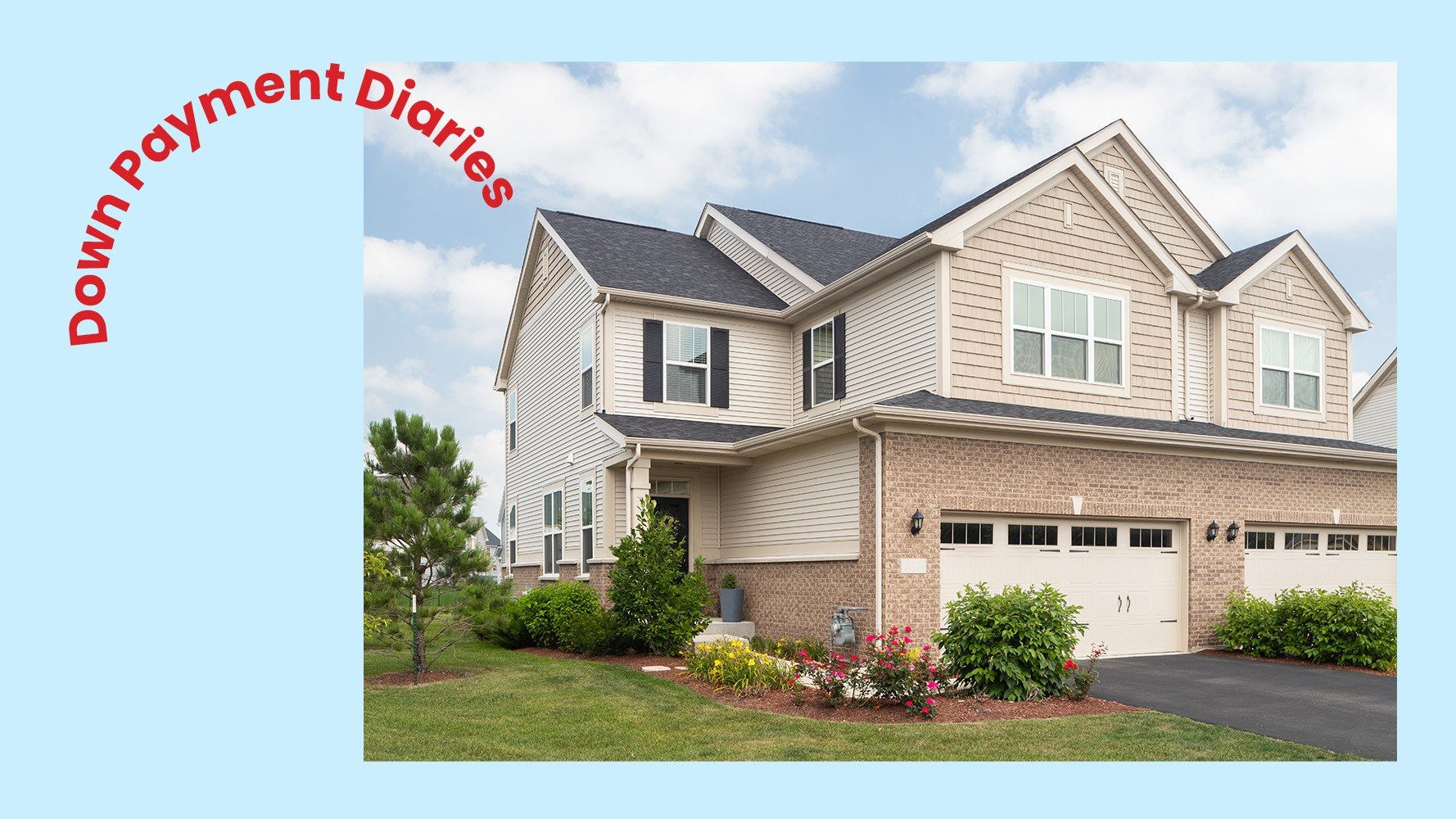F
lorida leads the nation in building new structures in high-risk flood areas, with 77,000 properties constructed between 2019 and 2023, surpassing other states like Texas and California. This trend is part of a larger issue, as nearly 300,000 properties were built in harm's way across the country during this period, accounting for around 20% of all new construction.
The growth of high-risk developments coincides with insurers increasing premiums and pulling back from markets, leaving property owners struggling to find affordable coverage. This misalignment of incentives is causing tension between real estate developers, their backers, and insurance firms. Insurers argue that lenders have a critical role in assessing long-term risks, but often fail to do so.
Developers claim they consider risk factors for new projects, and stricter building standards can minimize damages. However, the frequency and severity of storms are not decreasing. The $50 billion in reported damages from recent hurricanes highlights the potential costs insurers face. Meteorologist Andrew Siffert bluntly assesses the situation: "We build in some of the most vulnerable places, knowing what could happen."














